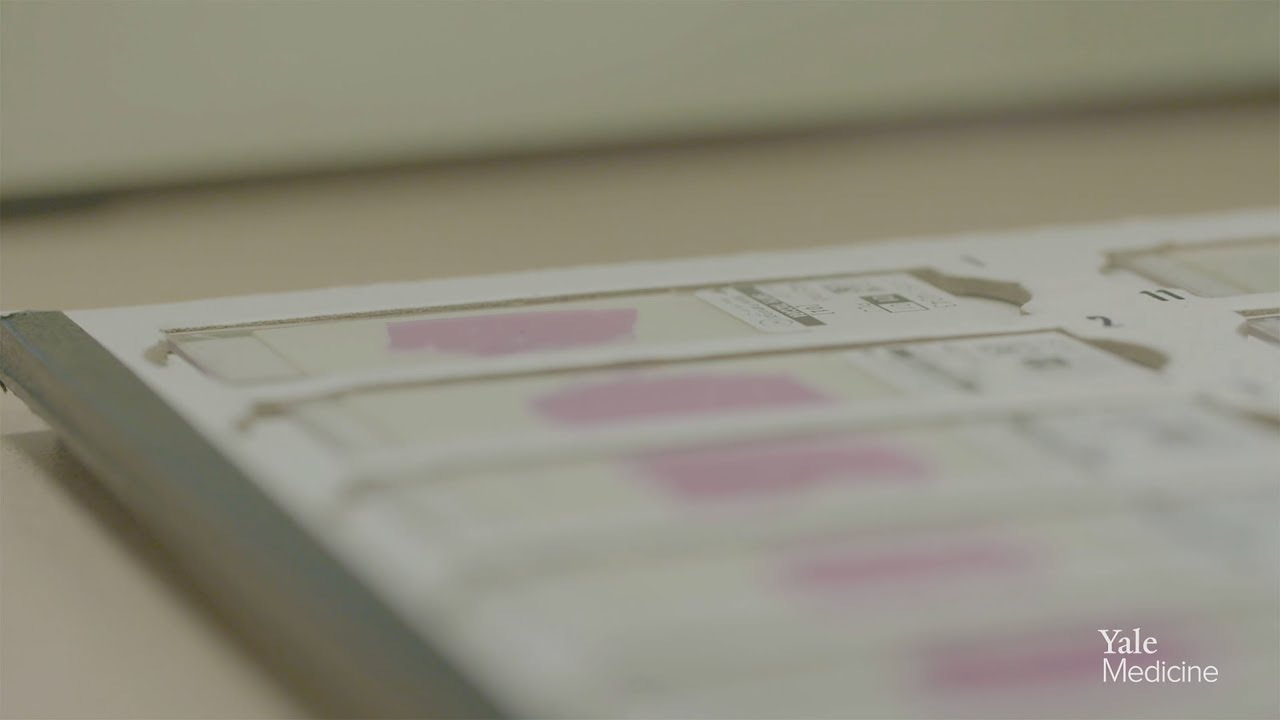What Do Pathologists Do? Learn About These 'Hidden Heroes' of the Operating Room

While popular medical TV shows tend to focus on the work of surgeons, doctors, and nurses, there’s a vitally important medical specialty that’s rarely shown on screen: pathologists, or the people who examine tissues to screen for, analyze, and diagnose abnormalities.
Pathologists are called in to evaluate everything from cancer to autoimmune disorders. When a surgeon takes out a patient’s tumor, a small piece of it will be sent to the pathology lab. The pathologist places the tissue in a chamber kept at a frosty -25 degrees Fahrenheit, where a blade slices the tissue into slim pieces, just a fraction of the width of a human hair. This is called “frozen section diagnosis.”
Then a slice gets placed under a microscope for examination. If the pathologist sees cells that suggest cancer, they’ll then focus on identifying the cancer type and determining if it is spreading. If the latter is true, more of the cancer will need to be removed. All of this occurs in real time, with ongoing communication between the pathologist in the lab and the surgeons in the operating room, who talk back and forth until it is clear that all of the cancer has been removed.
Sometimes this process goes quickly, but it’s not unusual for a procedure to remove cancer to continue for up to 20 hours.
Watch a video of these “hidden heroes” at work.